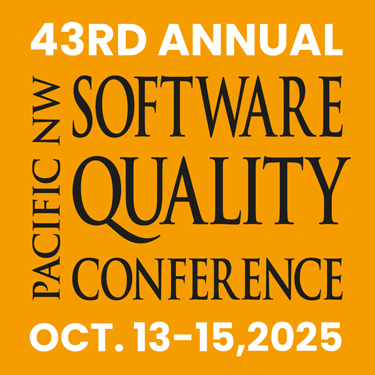Fusing Shift Left Testing, Automation & AI Solutions to Elevating Testing Efficiency
Catching defects early in the software development lifecycle (SDLC) is essential for achieving a cost-effective, timely, and high-quality software release, ultimately mitigating project risk. The shift left approach advocates advancing testing toward the early phases, emphasizing the enhancement of software quality, and minimizing the occurrence of critical defects in later phases. Our solution is to infuse the AI & Automation solutions at the earlier stage of the SDLC to enhance work efficiency, improve software quality, and increase the speed of development & testing to accelerate time-to-market with minimal cost.
- Shift-Left Approach in Testing
- Enablement AI & Automation into Shift-Left Approach
- Challenges in AI & Automation solutions and how to overcome them
 Wei Wooi Peh
Wei Wooi Peh
Peh Wei Wooi is the Platform Validation Manager in the Intel Platform Integration & Validation (PID) organization. His role and responsibilities are to develop and maintain the Intel platform validation process, methodologies, test plans, and BKMs for technologies and products. Before this role, he was a Software ADP (Application Development Program) lead in Motorola Solutions who was responsible for supporting all the API-related inquiries, proof of concept/Demo, system integration, etc. from ADP partners globally. He has also been certified as an ISTQB (International Software Test Qualification Board) tester.
 Ang Kok Cheang
Ang Kok Cheang
Ang Kok Cheang is the Platform Validation Architect in Intel’s Platform Integration & Validation (PID) organization. His role and responsibilities include defining platform validation strategies, overseeing comprehensive testing, conducting risk assessments, and maintaining detailed documentation for Intel Client products.
